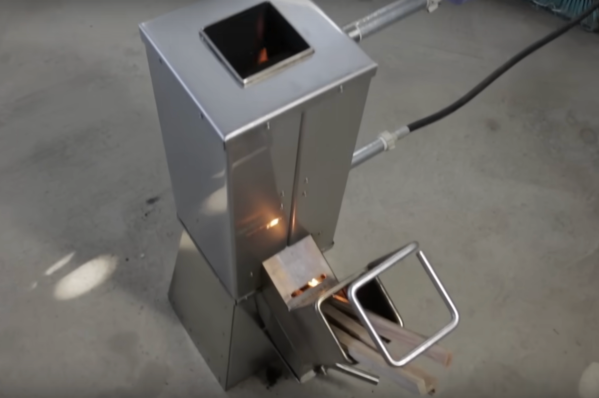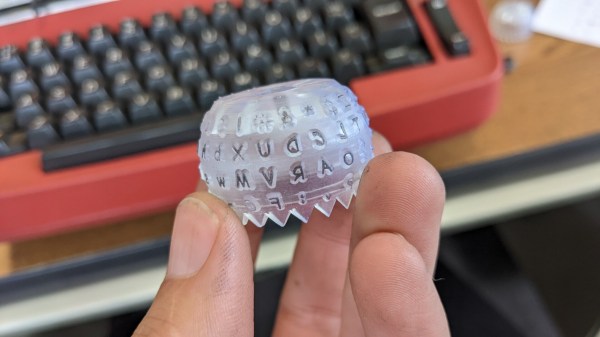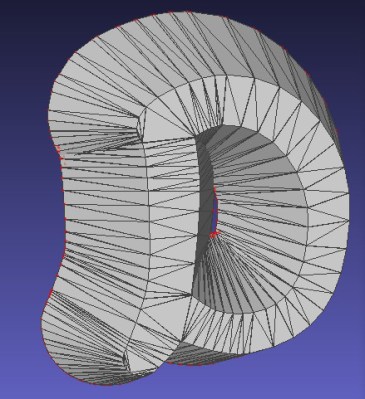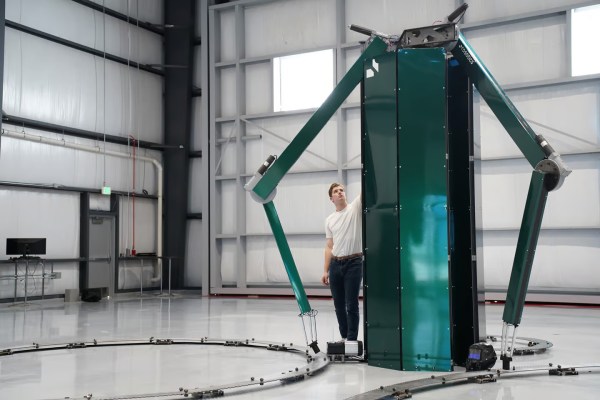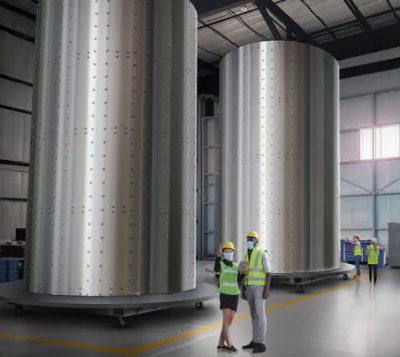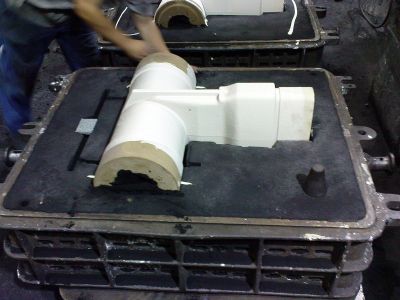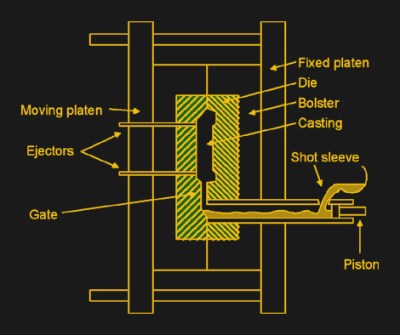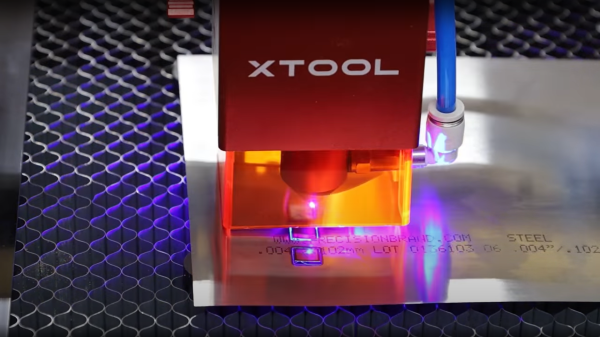Rocket stoves are an interesting, if often overlooked, method for cooking or for generating heat. Designed to use biomass that might otherwise be wasted, such as wood, twigs, or other agricultural byproducts, they are remarkably efficient and perform relatively complete combustion due to their design, meaning that there are fewer air quality issues caused when using these stoves than other methods. When integrated with a little bit of plumbing, they can also be used to provide a large amount of hot water to something like an off-grid home as well.
[Little Aussie Rockets] starts off the build by fabricating the feed point for the fuel out of steel, and attaching it to a chimney section. This is the fundamental part of a rocket stove, which sucks air in past the fuel, burns it, and exhausts it up the chimney. A few sections of pipe are welded into the chimney section to heat the water as it passes through, and then an enclosure is made for the stove to provide insulation and improve its efficiency. The rocket stove was able to effortlessly heat 80 liters of water to 70°C in a little over an hour using a few scraps of wood.
The metalworking skills of [Little Aussie Rockets] are also on full display here, which makes the video well worth watching on its own. Rocket stoves themselves can be remarkably simple for how well they work, and can even be built in miniature to take on camping trips as a lightweight alternative to needing to carry gas canisters, since they can use small twigs for fuel very easily. We’ve also seen much larger, more complex versions designed for cooking huge amounts of food.

